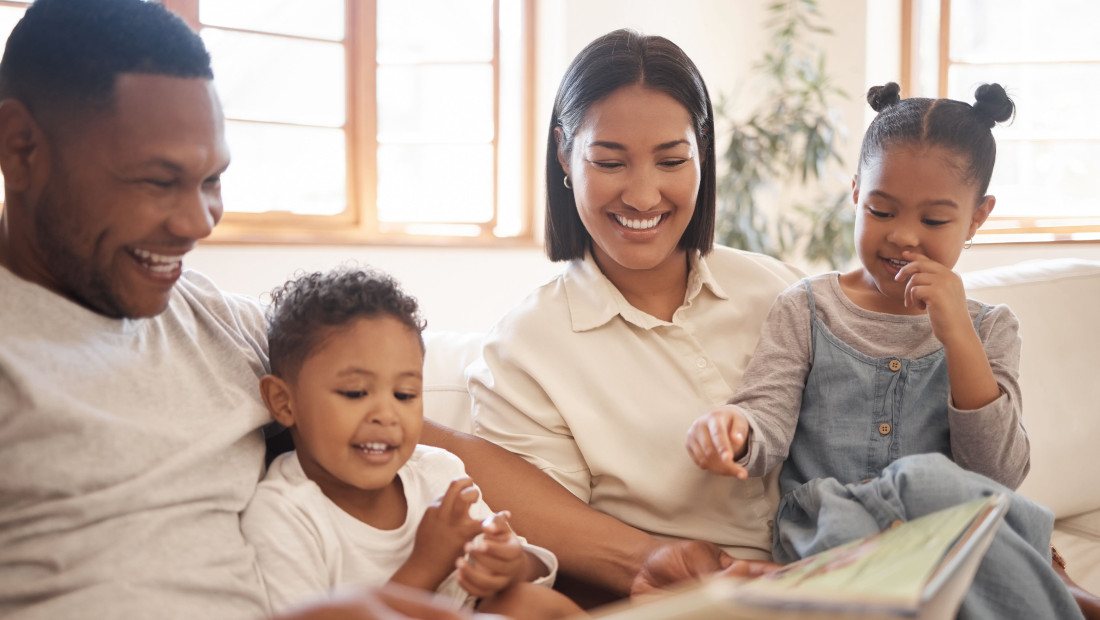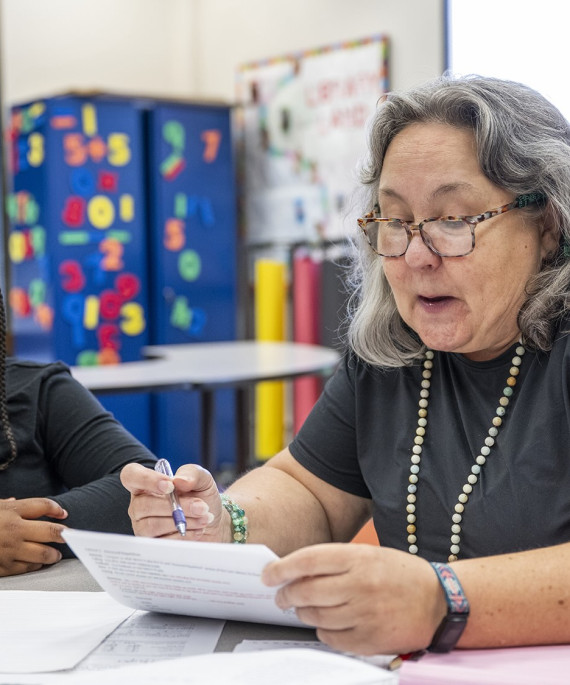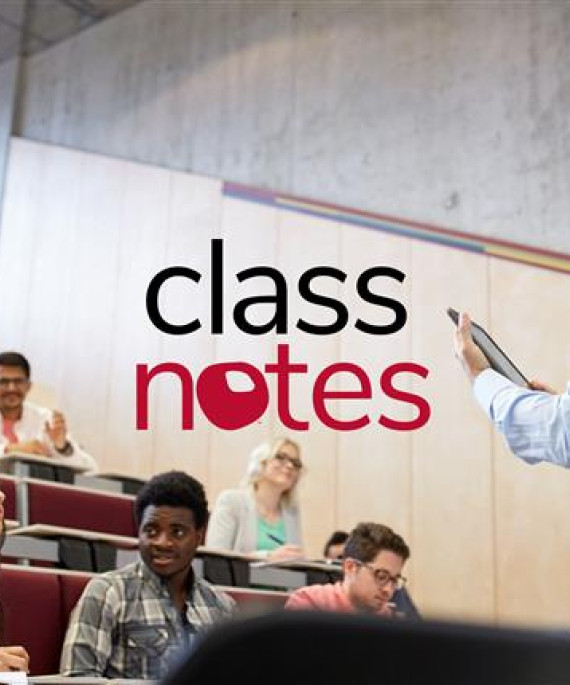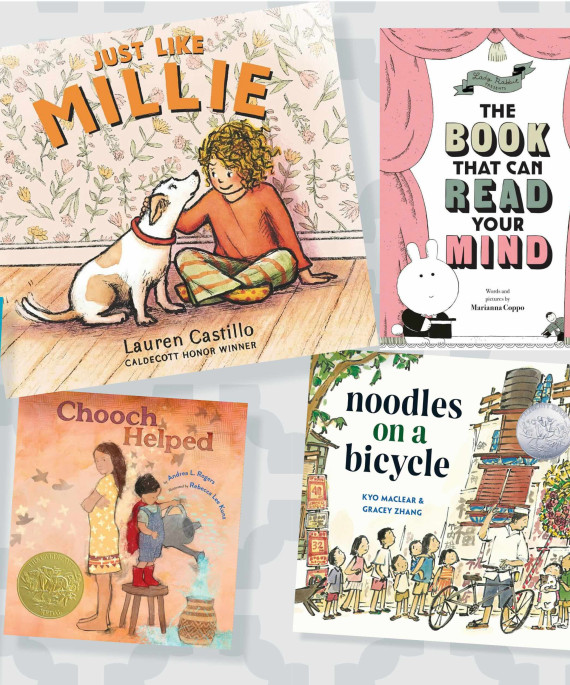
One of the best ways to introduce young children to reading and to develop their early literacy skills is through reading together with an adult. That’s the central message of Read Together, Grow Together, a campaign developed by Ohio State’s Crane Center for Early Childhood Research and Policy in cooperation with the ReadOhio initiative — a Ohio's statewide effort to encourage reading — and Dolly Parton’s Imagination Library of Ohio, which mails a book each month to the home of an enrolled child through age 5.
Investigating how children learn to read, and the best ways to foster that learning, are key areas of research for the Crane Center. The center’s executive director, Laura Justice, is an internationally recognized expert in early cognitive development and literacy. Justice, Distinguished Professor of Educational Psychology in the College of Education and Human Ecology, worked with the Read Together, Grow Together team to identify eight key skills and techniques that enhance how a child learns to read: Reading stories over and over, recognizing rhyme, knowing the alphabet, knowing how to write your name, understanding how a book displays writing, learning new words, learning how to discuss stories and making reading fun. Emphasizing these skills is at the heart of Read Together, Grow Together.

Image description
Read Together, Grow Together 8 tips for families
- Read over and over
- It's time to rhyme!
- ABC's
- Explore new words
- Name writing
- Talk about the book
- Learn about print
- Make reading fun
Each of the eight tips was identified through a research review examining early literacy skill development and evidence-based practices on ways to best help children learn. Specifically, the team reviewed a landmark report published by the National Early Literacy Panel on the scientific evidence behind early literacy development and on home and family influences that shape that development. They also reviewed the Sit Together and Read (STAR) program, a set of interactive and innovative read-aloud practices designed for educators and caregivers to strengthen young children’s print knowledge and literacy skills through shared storybook reading. Considerable evidence supports a connection between STAR practices and improved children’s literacy skills.
From the research review, the team developed the eight Read Together, Grow Together tips for families. Each tip had to meet three main criteria:
- The tip targets malleable skills that can be influenced through intervention,
- The tip represents scientifically proven techniques, and
- The tip conforms to best practices in a home learning environment.
“Read Together, Grow Together is a carefully crafted campaign — one that combines the best of what research tells us about supporting young children’s early literacy skills with translating the science into easy-to-use tips for families to include into their own routines and activities. It’s an honor to partner with the state’s ReadOhio initiative and the Dolly Parton Imagination Library of Ohio to ensure these best practices get in front of families across the state to help all of our youngest children thrive.”
- Jamie O’Leary, associate director of policy and external affairs at the Crane Center and project director of Read Together, Grow Together

Some of the tips might seem intuitive. Others mignt appear frustrating to parents and caregivers, such as reading the same story over and over. But repetition is an important tool that reinforces the connections young minds make between the letters they see and the words those letters represent. When you read the same stories over again, you give your child time to practice sounding out words, and to gain familiarity with how stories are structured. This helps a child grow confident in their early reading skills.
Each week, Read Together, Grow Together content is shared on social media, with one tip highlighted each month during the campaign. The campaign began in October, and by the middle of May, Read Together, Grow Together social media posts have been viewed more than 100,000 times. The social media response was especially strong among early childhood teachers and advocates, suggesting that the campaign is having an impact as its tools and tips are shared among those working with young children.
Another component of the campaign are six YouTube videos aimed at parents and caregivers. Two of the videos provide overviews of Read Together, Grow Together and the tips, and the other four each focus on an individual literacy tip. The videos run between two and three minutes each and provide real-world examples of Ohio families putting the tips into practice. Videos from the campaign have already been viewed more than 10,000 times.
The campaign’s website contains more details on all eight tips, along with the videos. The Read Together, Grow Together team also created downloadable fact sheets that parents, grandparents, foster parents and other trusted adults can access for more information about these eight key skills and how to use reading time to foster them. For those interested in understanding more about the science behind shared storybook reading, the website also provides details on how tips were developed and the research evidence.
Though the initial campaign comes ends in late June, information about the tips, the downloadable fact sheets and the videos will remain online, providing resources for parents, caregivers and early childhood professionals.
Encouraging young minds to explore and enjoy reading is an ongoing responsibility for every generation, and the Crane Center’s Read Together, Grow Together campaign provides tools to aid young children as they embark on a path of lifelong learning.




